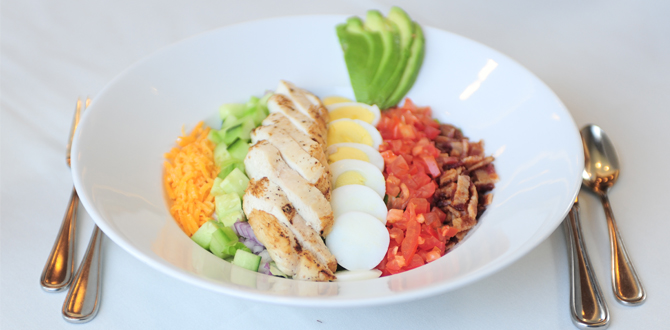If the phrase “counting calories” is enough to throw you into a tailspin, you’re not alone!
Trying to eat fewer calories while making sure you are obtaining necessary nutrients and making sure you exercise enough to burn off the calories can be frustrating and confusing. Let’s take a few minutes to break this down into what your doctor really means when she suggests you count your calories.
A calorie is a unit of energy – the energy we get from food. If the food label on a granola bar says it is 100 calories, than your body will get 100 calories of energy from eating that granola bar.
Your weight is based upon what you eat and the number of calories you burn. If you ingest the same amount of calories as those you burn, you will maintain the same weight. If you burn fewer calories than you ingest, you will gain weight. To lose weight, you must balance eating and exercise in a way that creates a calorie deficit.
But here’s where it gets tricky: People have different minimum caloric needs based on their height, weight, and sex. To determine your caloric needs, begin by calculating your BMR (Basal Metabolic Rate) – the amount of energy your body uses to breathe, function, and live:
BMR FOR MEN = 66 + (weight [kg] x 13.7) + (height[cm] x 5) – (age [yrs.]x 6.8)
BMR FOR WOMEN = 655.1 + (weight [kg] x 9.6) + (height[cm] x 1.8) – (age [yrs.]x 4.7)
In order to lose one pound, you need to subtract 500 calories from your BMR total.
The best way to help your body burn more calories at rest is by exercising. The more active you are, the higher your BMR becomes, meaning that your body burns more calories throughout the day than it normally would, based on your BMR calculation.
By Yanasa Williams, Exercise Physiologist



